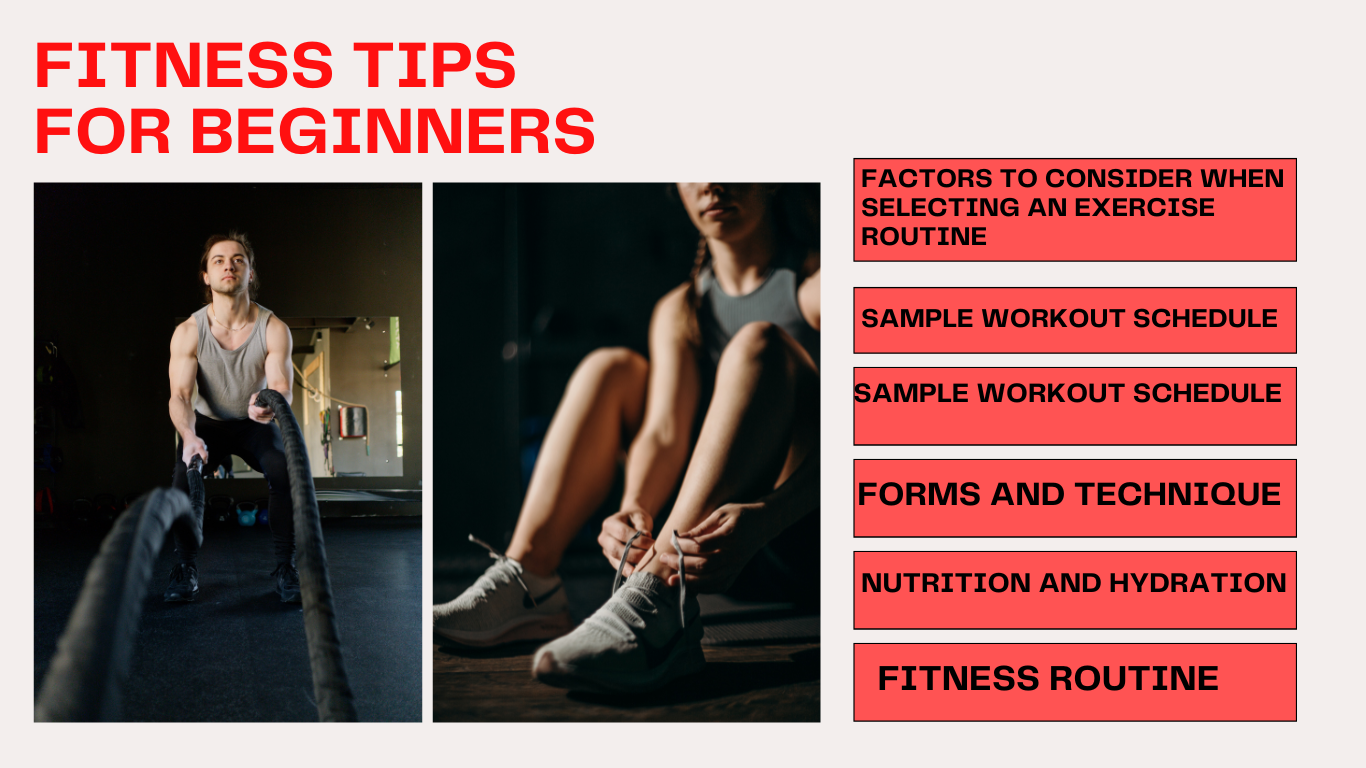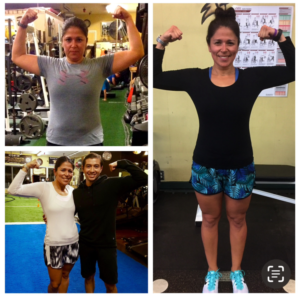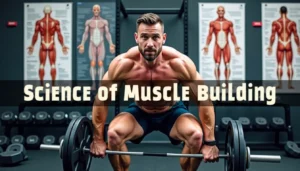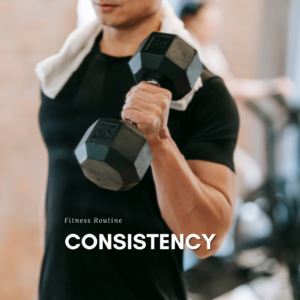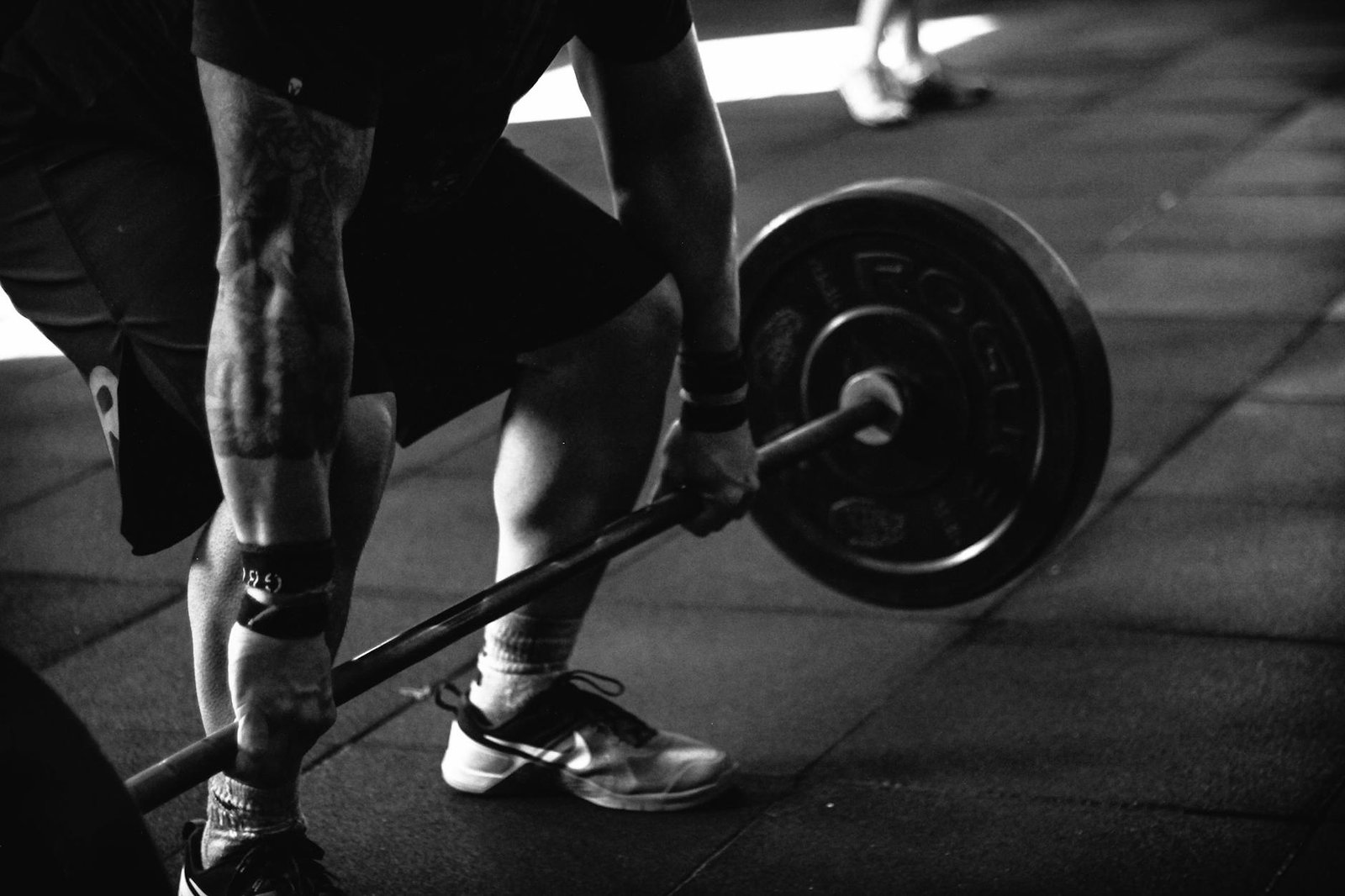
Ever felt overwhelmed by those gym-goers effortlessly lifting heavy weights or scrolling through endless fitness transformations on social media? You’re not alone. Starting a fitness journey can feel like standing at the base of Mount Everest – intimidating, confusing, and seemingly impossible. 🏋️♂️
The truth is, every fitness expert was once a beginner. The difference between those who succeed and those who give up lies not in natural talent, but in having the right roadmap from day one. Whether your goal is losing weight, building muscle, or simply feeling more energetic, the path to success follows proven principles that anyone can master. 💪
In this comprehensive guide, we’ll break down everything you need to know to transform from a complete beginner into a confident fitness enthusiast. From understanding your current fitness level to mastering proper form and nutrition, we’ll cover the six essential pillars that will set you up for lasting success in your fitness journey.

Understanding Your Starting Point
Assessing Current Fitness Level
Begin your fitness journey with a comprehensive self-assessment. Perform these basic tests to establish your baseline:
- Push-up test (upper body strength)
- 1-minute plank hold (core endurance)
- 1-mile walk/run (cardiovascular fitness)
- Wall sit (lower body strength)
Setting Realistic Goals
Transform your fitness aspirations into SMART goals:
| Goal Component | Example |
|---|---|
| Specific | Complete 10 full push-ups |
| Measurable | Track weekly progress |
| Achievable | Start with modified versions |
| Relevant | Improves upper body strength |
| Time-bound | Achieve within 8 weeks |
Taking Body Measurements
Record these key measurements for tracking progress:
- Weight
- Body circumference (chest, waist, hips, arms, thighs)
- Body fat percentage (if possible)
- Progress photos from front, side, and back
Getting Medical Clearance
Before starting any fitness program, consult your healthcare provider, especially if you:
- Have existing health conditions
- Haven’t exercised in over 12 months
- Are over 40 years old
- Have a family history of heart disease
With your starting point established, it’s time to focus on building a solid workout foundation that aligns with your current fitness level and goals.

Building Your Workout Foundation
Choosing the Right Exercise Style
When starting your fitness journey, selecting an exercise style that matches your goals and preferences is crucial. Here are the most effective options for beginners:
- Bodyweight Training: Perfect for building basic strength and learning movement patterns
- Resistance Training: Essential for muscle development and strength gains
- Cardiovascular Exercise: Important for heart health and endurance
- Flexibility Work: Helps maintain mobility and prevent injuries
Basic Equipment Essentials
| Equipment Type | Purpose | Beginner Recommendation |
|---|---|---|
| Resistance Bands | Versatile strength training | 1 set of varying resistance |
| Dumbbells | Strength and muscle building | 2-3 pairs of different weights |
| Exercise Mat | Floor exercises and stretching | 1 thick, non-slip mat |
| Foam Roller | Recovery and mobility | 1 medium-density roller |
Creating a Balanced Routine
A well-structured beginner’s routine should include:
- 3-4 workout days per week
- Full-body training sessions
- 1-day rest between workouts
- Mix of exercises:
- 2-3 compound movements
- 2-3 isolation exercises
- 15-20 minutes of cardio
- 10 minutes of mobility work
Start with manageable weights and focus on proper form rather than heavy lifting. As you master these fundamentals, you’ll be ready to progress to more challenging exercises and advanced training techniques. Now that you have your workout foundation in place, let’s focus on mastering proper exercise form to maximize results and prevent injuries.
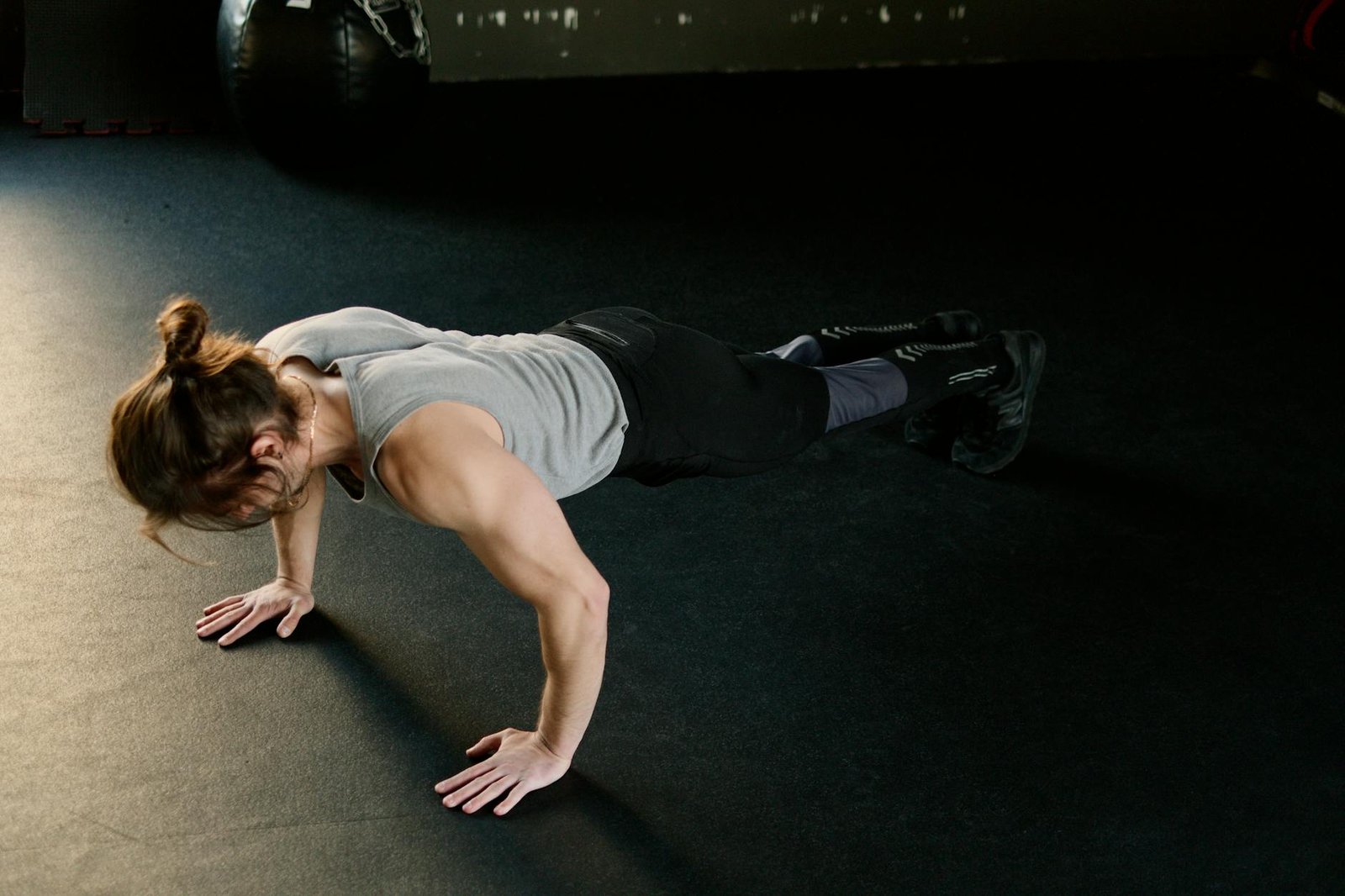
Mastering Exercise Form
Essential Movement Patterns
The foundation of any effective workout routine lies in six fundamental movement patterns:
- Push (horizontal/vertical)
- Pull (horizontal/vertical)
- Squat
- Hinge
- Lunge
- Core stabilization
| Movement Pattern | Example Exercises | Primary Muscles |
|---|---|---|
| Push | Push-ups, Bench Press | Chest, Shoulders, Triceps |
| Pull | Pull-ups, Rows | Back, Biceps |
| Squat | Bodyweight Squats | Quads, Glutes |
| Hinge | Deadlifts, KB Swings | Hamstrings, Lower Back |
| Lunge | Walking Lunges | Quads, Glutes |
| Core | Planks, Bird Dogs | Abs, Lower Back |
Common Mistakes to Avoid
- Rushing through repetitions
- Compromising form for heavier weights
- Not maintaining neutral spine alignment
- Inadequate breathing techniques
- Skipping proper warm-up
Progress Through Perfect Form
Master these key form principles:
- Control the eccentric (lowering) phase
- Maintain full range of motion
- Focus on mind-muscle connection
- Film yourself for self-assessment
When to Increase Intensity
Only increase weight or complexity when you can:
- Complete all prescribed reps with perfect form
- Maintain proper breathing throughout
- Control the movement without momentum
- Feel the target muscles working
Now that you’ve learned proper form fundamentals, let’s explore how nutrition plays a crucial role in supporting your fitness journey.

Nutrition for Beginners
Basic Macro Requirements
The foundation of fitness nutrition revolves around three key macronutrients. Here’s a simplified breakdown:
| Macronutrient | Daily Requirement | Primary Function |
|---|---|---|
| Protein | 0.8-1.2g per lb bodyweight | Muscle repair and growth |
| Carbohydrates | 45-65% of daily calories | Energy and performance |
| Fats | 20-35% of daily calories | Hormone production |
Meal Timing Around Workouts
Optimize your workout performance with strategic meal timing:
- Pre-workout (2-3 hours before):
- Complex carbs
- Moderate protein
- Low fat
- Post-workout (within 30 minutes):
- Fast-digesting carbs
- High-quality protein
- Minimal fat
Hydration Guidelines
Proper hydration is crucial for optimal performance and recovery:
- Daily water intake: 0.5-1 oz per pound of body weight
- Before workout: 16-20 oz (2-3 hours prior)
- During workout: 7-10 oz every 10-20 minutes
- Post-workout: 16-24 oz for every pound lost during exercise
Remember to adjust these guidelines based on:
- Climate conditions
- Exercise intensity
- Individual sweat rate
- Duration of activity
Now that you understand the basics of nutrition, let’s explore how to turn these guidelines into sustainable habits that will support your fitness journey long-term.

Creating Sustainable Habits
Building a Realistic Schedule
Start by creating a schedule that fits your lifestyle. Aim for 3-4 weekly workouts initially, spacing them out to allow proper recovery. Choose consistent time slots that don’t conflict with major commitments.
Tracking Progress
Monitor your fitness journey using these essential metrics:
- Weight and body measurements
- Workout performance (sets, reps, weights)
- Progress photos (monthly)
- Energy levels and mood
- Sleep quality
Finding Workout Partners
Connect with like-minded individuals through:
| Method | Benefits | Challenges |
|---|---|---|
| Gym Buddies | Direct motivation, form checks | Scheduling conflicts |
| Online Communities | 24/7 support, diverse perspectives | Limited personal interaction |
| Fitness Classes | Structured environment, social aspect | Fixed schedules |
Dealing with Setbacks
Remember that setbacks are normal. Focus on:
- Identifying trigger points
- Developing contingency plans
- Learning from mistakes
- Maintaining perspective
Rewarding Milestones
Celebrate achievements with meaningful rewards:
- New workout gear after consistent month
- Massage after strength goals
- Healthy meal out after weight milestones
- Fitness tech upgrades for quarterly goals
Now that you’ve established sustainable habits, let’s explore how to scale your progress and take your fitness journey to the next level.
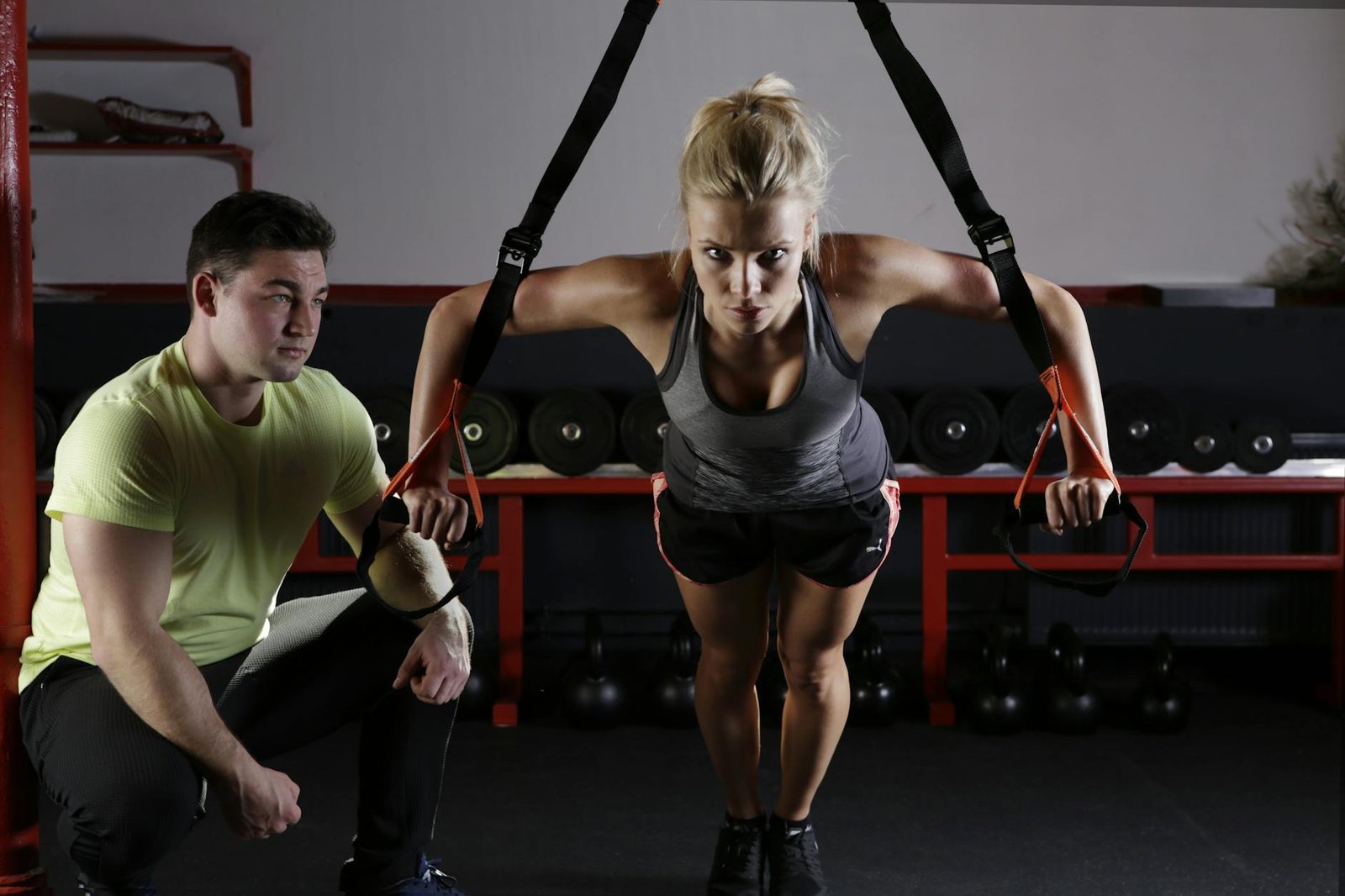
Scaling Your Progress
Progressive Overload Methods
Progressive overload is essential for continuous fitness improvement. Here are key methods to challenge your body:
- Increase weight gradually (2-5% per week)
- Add extra repetitions to existing sets
- Perform additional sets
- Reduce rest periods between sets
- Enhance movement complexity
Advanced Exercise Variations
Once you’ve mastered basic movements, incorporate these advanced variations:
| Basic Exercise | Intermediate Variation | Advanced Variation |
|---|---|---|
| Push-ups | Diamond Push-ups | Plyo Push-ups |
| Squats | Bulgarian Split Squats | Jump Squats |
| Planks | Side Planks | Renegade Rows |
| Lunges | Walking Lunges | Jumping Lunges |
Recovery Optimization
Maximize your progress with these recovery strategies:
- Schedule 1-2 complete rest days weekly
- Implement deload weeks every 6-8 weeks
- Practice active recovery through light activities
- Ensure 7-8 hours of quality sleep
- Monitor heart rate variability (HRV)
As your strength and endurance improve, adjust your training intensity using a combination of these methods. Pay special attention to form during advanced variations, and never compromise technique for weight or speed. Regular assessment of your recovery needs will help prevent plateaus and overtraining.
Now that you understand how to scale your progress effectively, you can continue your fitness journey with confidence, making steady gains while avoiding common pitfalls that often derail beginners.
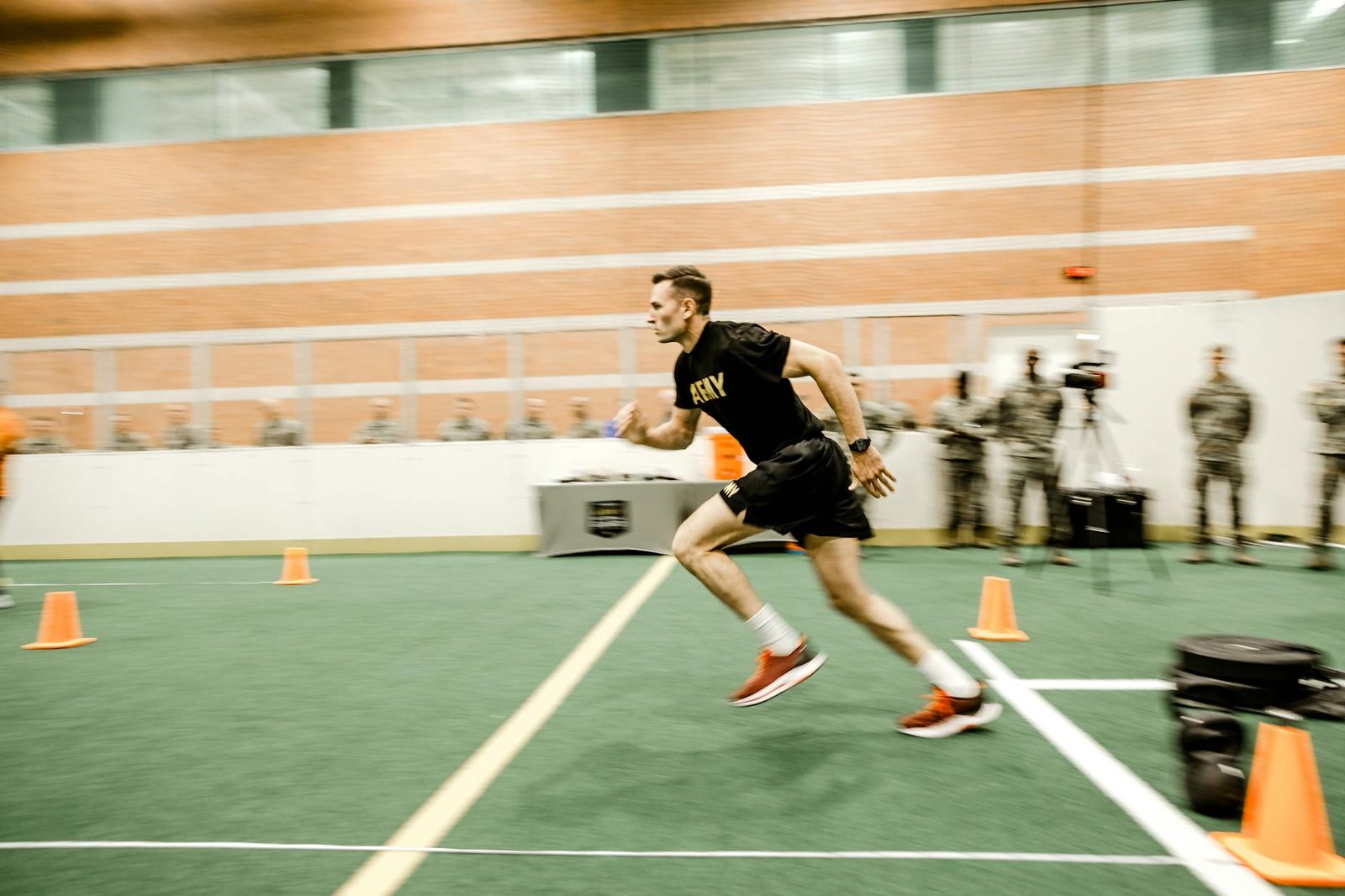
Starting your fitness journey doesn’t have to be complicated or overwhelming. By focusing on understanding your current fitness level, building a solid foundation, mastering proper form, and adopting sustainable nutrition habits, you can create a realistic path to achieving your health and fitness goals.
Remember that true transformation happens through consistent, small steps rather than drastic changes. Take time to celebrate your progress, adjust your routines as needed, and stay patient with yourself. Whether your goal is weight loss, muscle gain, or overall health improvement, the journey to becoming a fitness beast starts with that first intentional step – and now you’re ready to take it.

